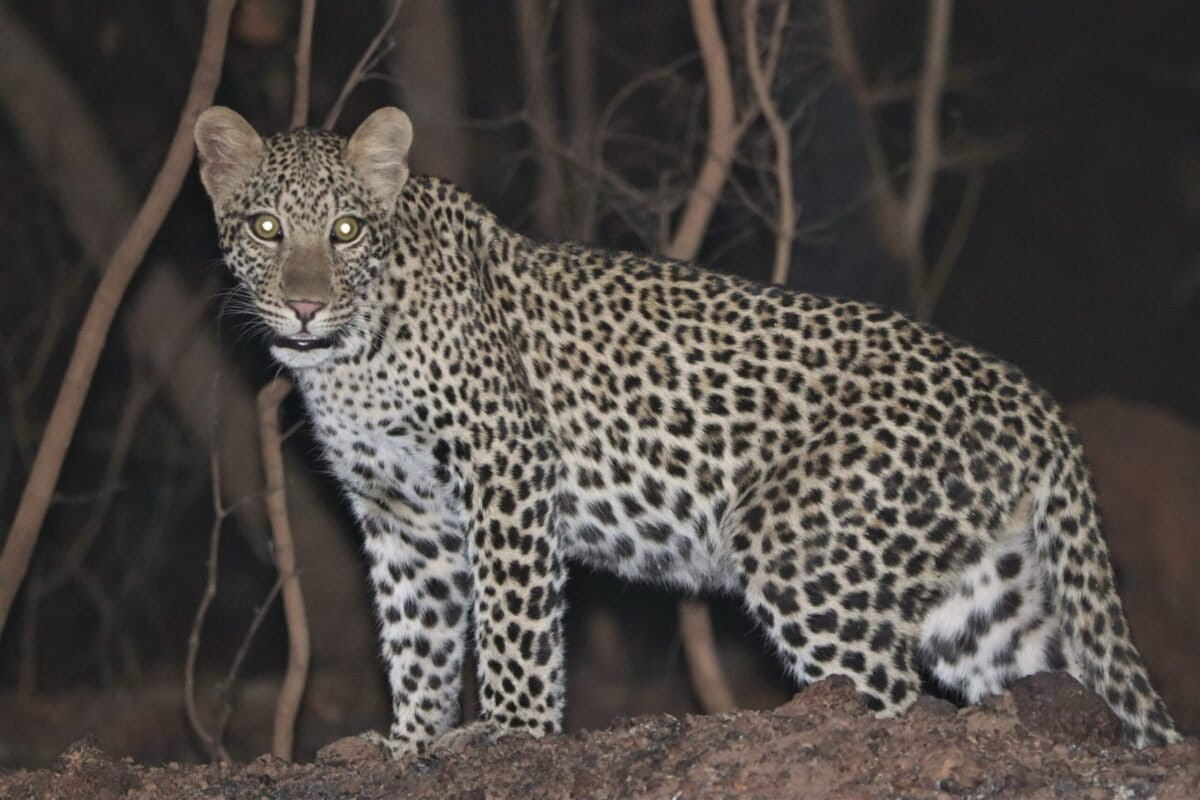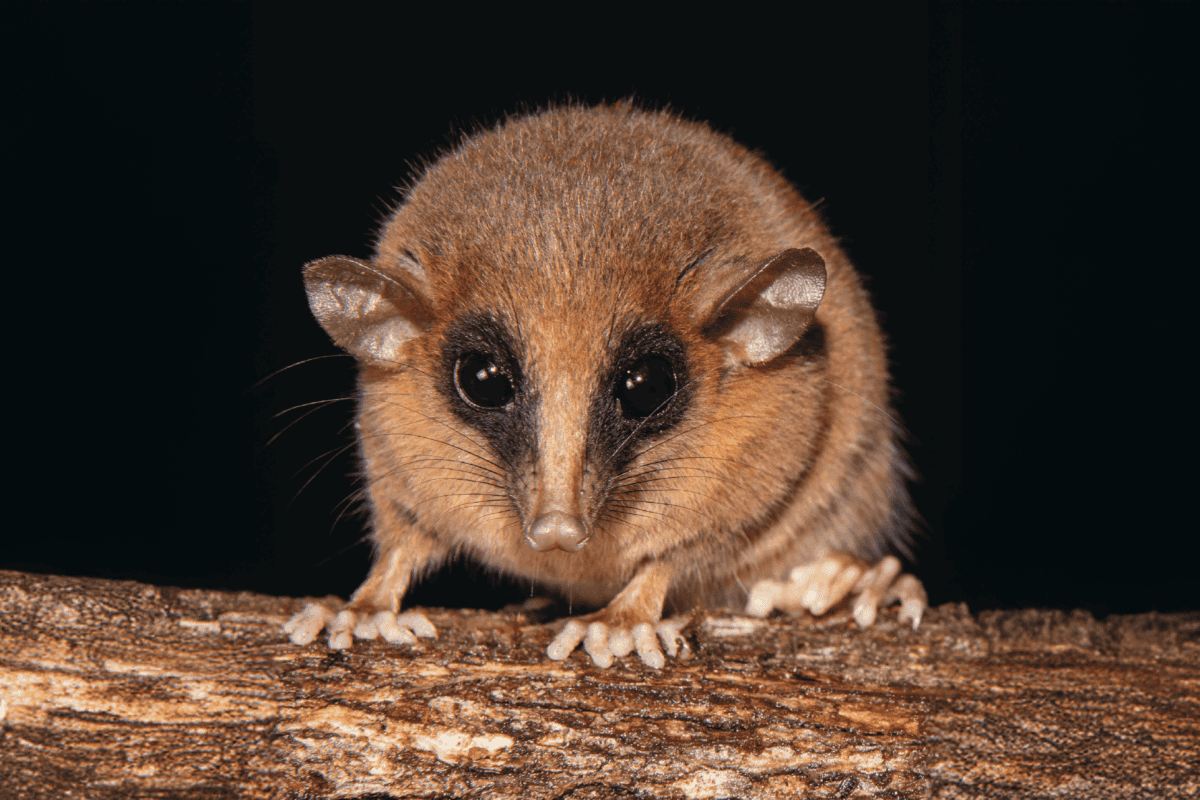There are only about 350 mature leopards left in West Africa, according to the latest regional assessment by the IUCN, the global wildlife conservation authority.
Leopards (Panthera pardus) in West Africa are thought to be genetically isolated from those in Central Africa, with little or no interbreeding between populations. They’re found in 11 countries: Benin, Burkina Faso, Côte d’Ivoire, Ghana, Guinea, Guinea-Bissau, Liberia, Niger, Nigeria, Senegal and Sierra Leone.
Once widespread across West Africa, the leopard population there has declined by 50% over the past two decades, leading to their moving to a higher threat category of endangered on the IUCN Red List.
“In Africa, the leopard is not doing too badly, but in West Africa it’s a different story,” said Robin Horion, a field technician with U.S.-based NGO Panthera who was part of the team assessing the West African leopard’s conservation status for the IUCN Red List. “West Africa has far less funding, fewer researchers, and much less of a conservation culture compared to East and Southern Africa. There is also much less tourism. All of this means that species are disappearing in almost complete silence.”
Horion and other researchers from Panthera spent five years surveying leopards in West Africa’s national parks. Following their report, the IUCN reclassified the feline from vulnerable to endangered on the Red List on Oct. 9.
The IUCN assessment notes that most leopards in West Africa live in protected areas within increasingly fragmented landscapes that are under pressure from expanding agriculture, infrastructure development and other human activities. Loss of large mammals to hunting is also likely driving the decline of leopards.
“The fact that the leopard population is shrinking shows that ecosystems are being heavily affected by human activities,” Horion said. “As a carnivore, it is at the top of the food chain, so if it disappears, it probably means its prey has also disappeared. That, and poaching.”
According to Horion, West Africa’s leopards are victims of poaching for two reasons. First, people kill them to reduce competition, since leopards hunt the same bushmeat as they do. Leopards are also hunted for their skin and other body parts because of beliefs about their purported spiritual and medicinal powers, making them valuable as grigris (talismans) in Ghana and Senegal, he added.
Although the West African leopard’s endangered status is bad news, Horion said he prefers to remain optimistic.
“Now that we’ve raised the alarm, we hope that governments will become aware of the situation. We can implement concrete solutions to stop the disappearance of the leopard,” he said.
“We need a regional strategy, to bring together the countries concerned so that we can strengthen park patrols and improve conservation,” Horion added. “Awareness campaigns are also needed to stop poaching. But above all, on the cultural side, if we want this to work, we need to find alternative grigris.”
Banner image: A young female leopard photographed at night in Niokolo Koba National Park, Senegal. Panthera/Senegal DPN.



